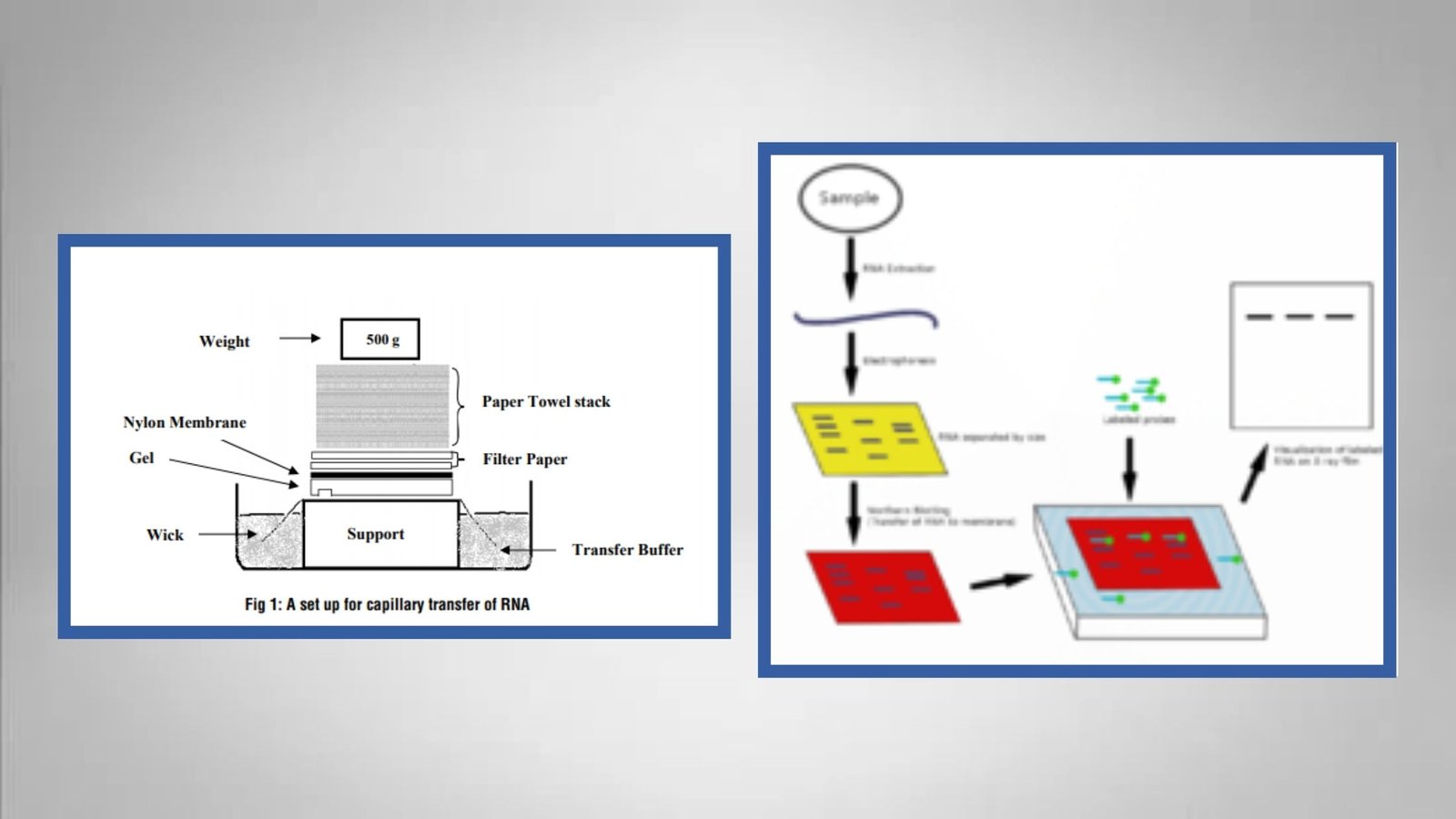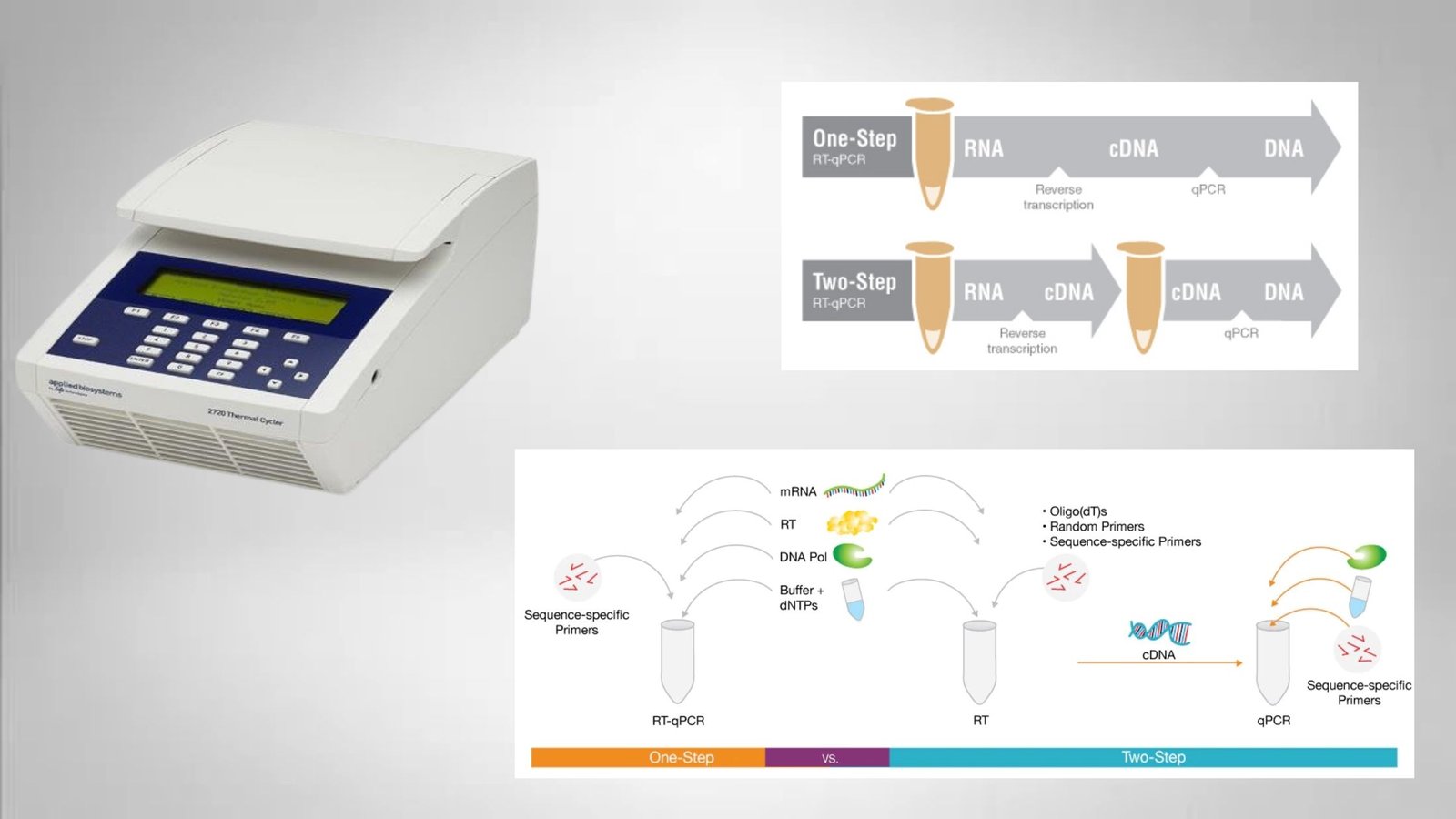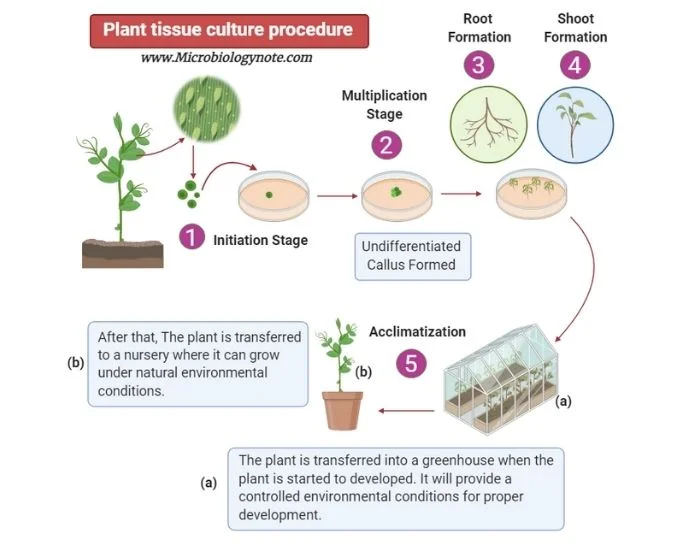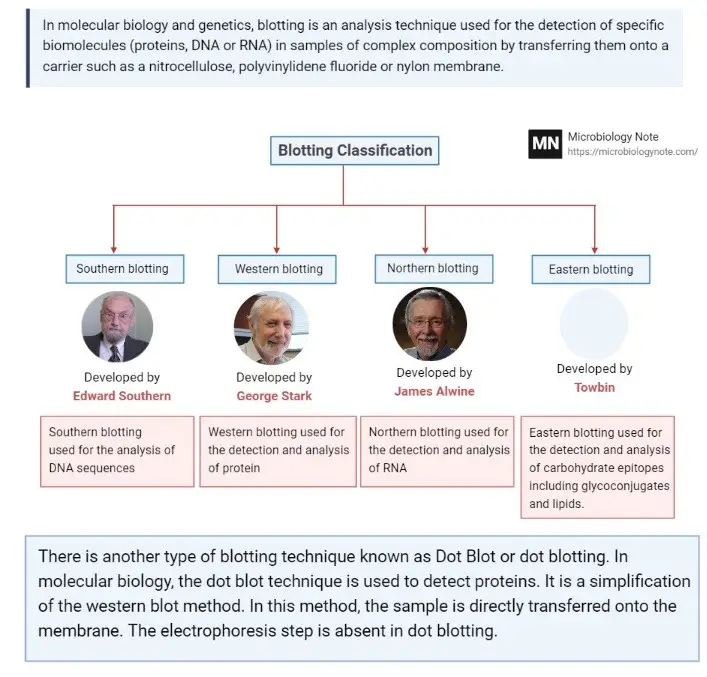Northern Blotting – Steps, Principle, Application, Result
Northern blotting or Northern hybridization is a widely used technique in molecular biology to determine the molecular weight of mRNA and to measure relative amounts of mRNA present in different samples and for identifying alternatively spliced transcripts and multigene family members.








